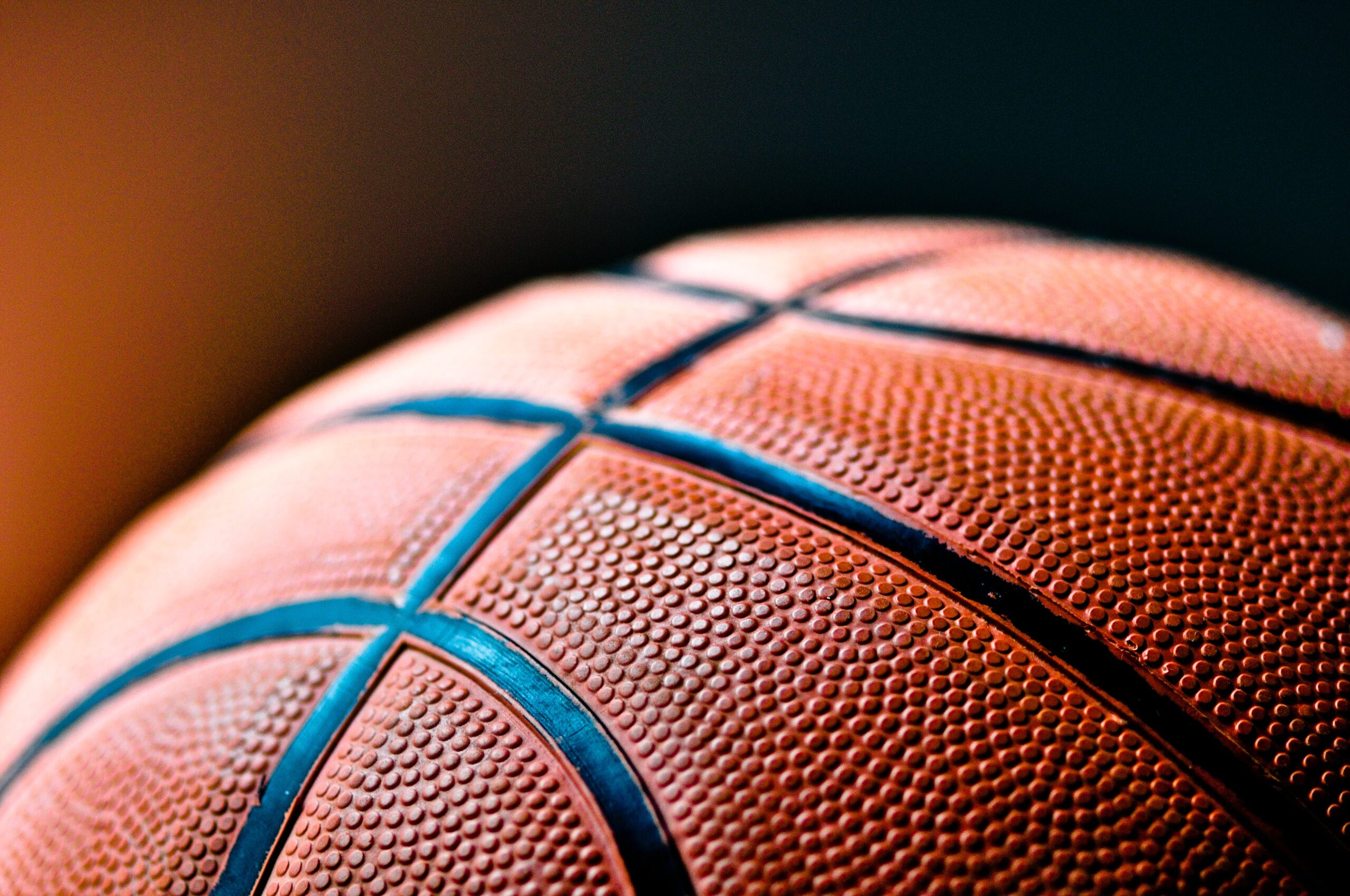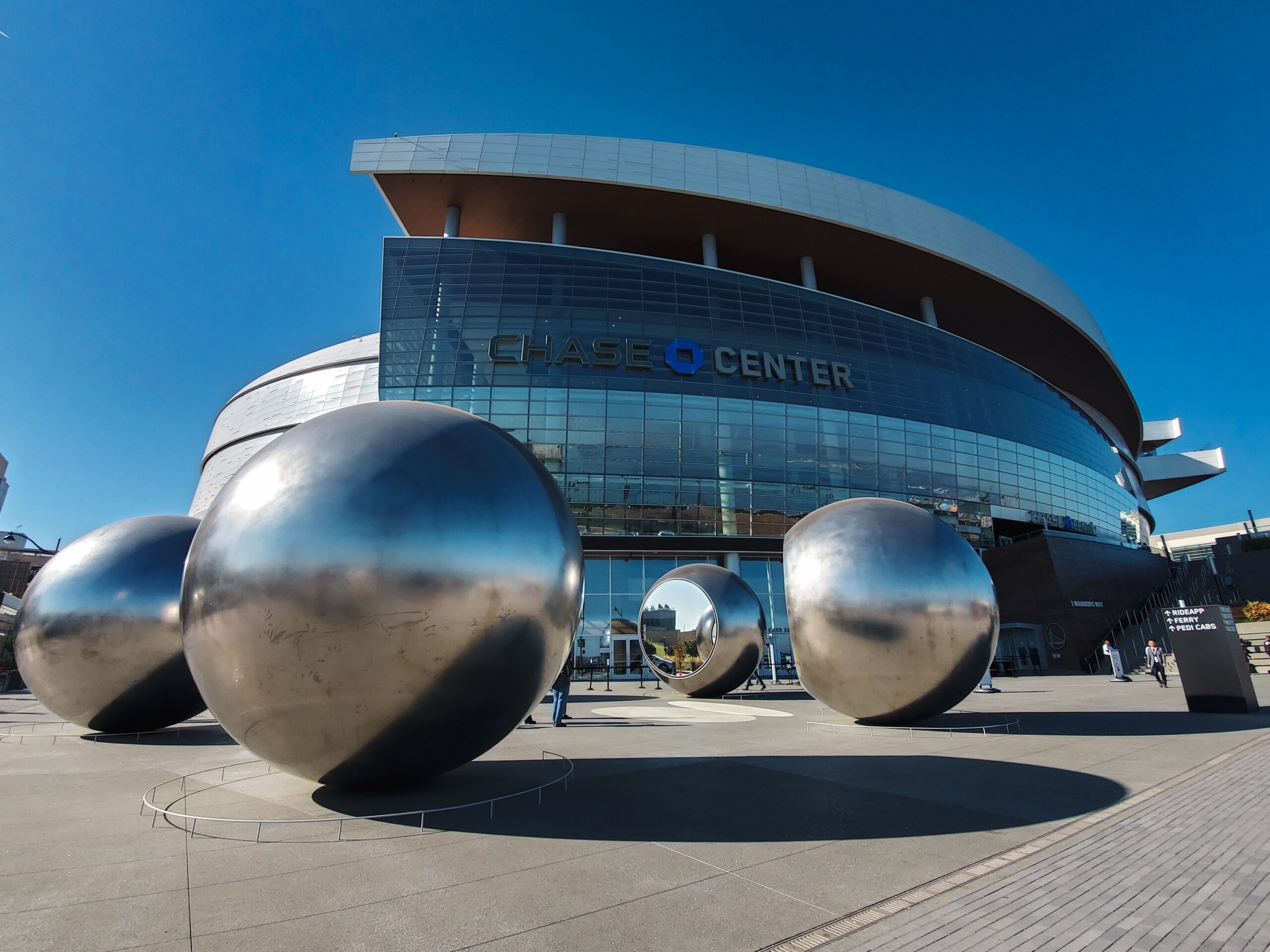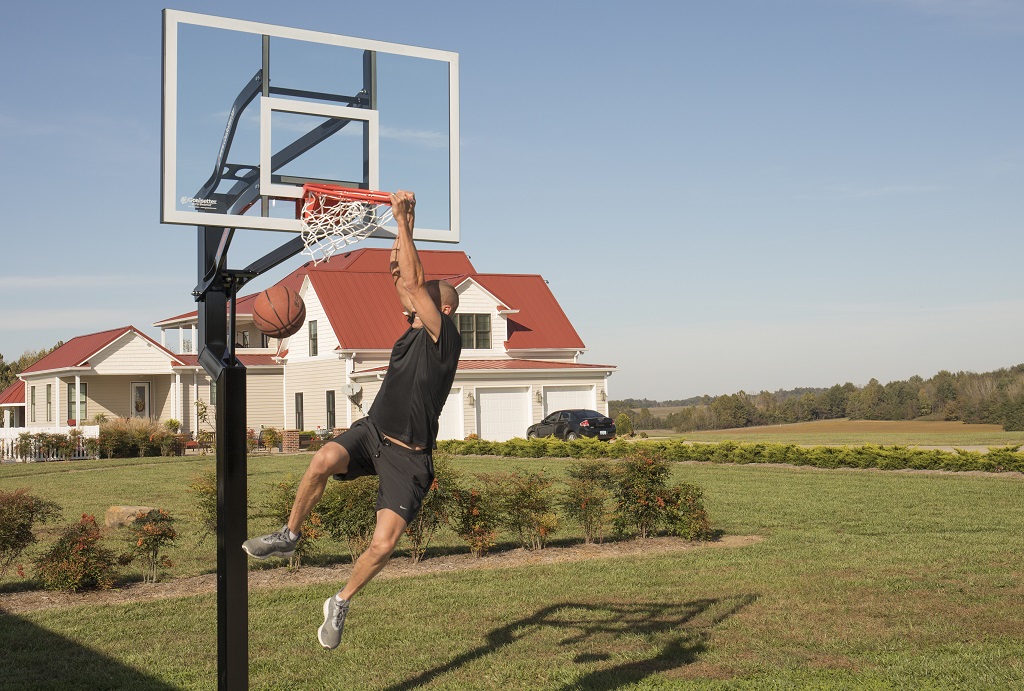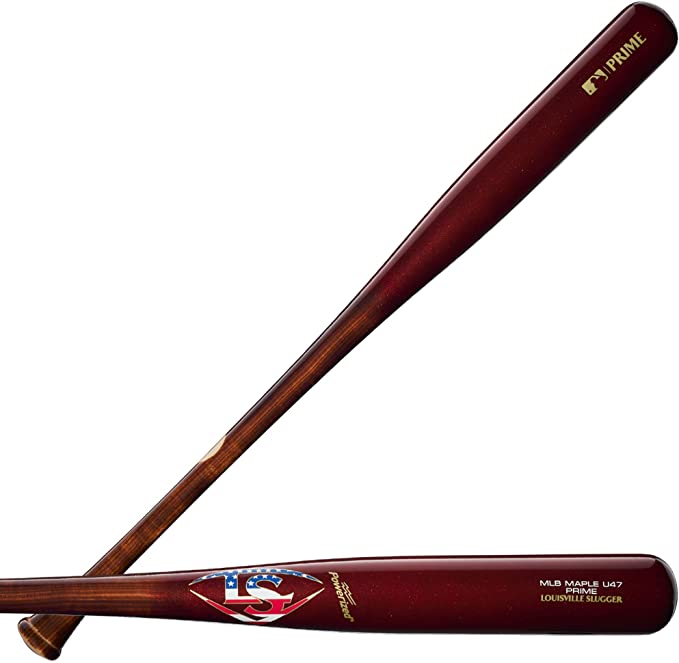NBA players spend most of their time on the court. In turn, basketball enthusiasts are always viewing the athletes showing off their skills. But all this action could not be possible without an official NBA court. So it begs the question, what are NBA courts made of?
The official NBA courts have Acer Saccharum as their main component. Also called hard maple, this substance comes from the forests located in North America, specifically the Upper Midwest regions.
Is hard maple an ordinary wood to come by? How did the NBA create its courts? Also, how did the association create its bubble courts? You’ll know the answers to these questions as you continue reading through this article. For now, you can start with the type of wood used in NBA courts.
What Kind of Wood is Used in NBA Courts?
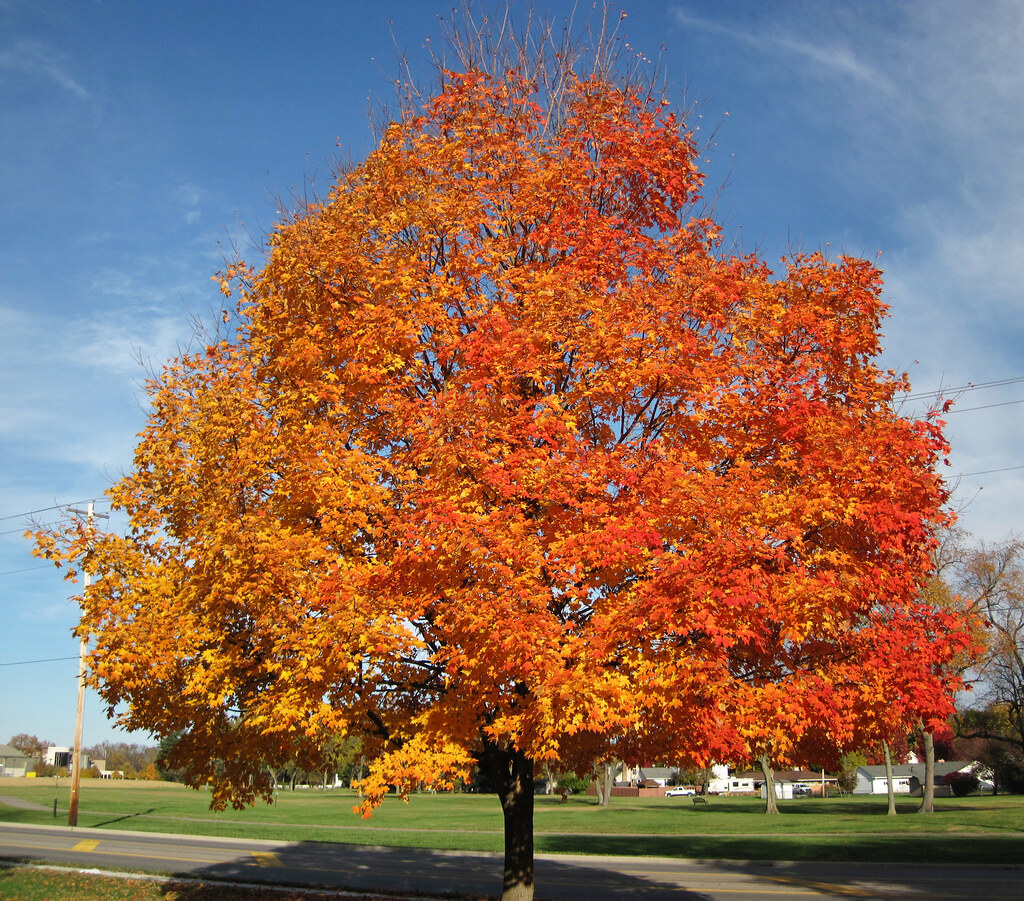
The wood used in the creation of most official NBA courts is hard maple or Acer Saccharum. The tree where this timber comes from is in abundance in North American regions. It is possible to see hard maple trees in forests in both the Upper Midwest and Eastern regions of the country.
Identifying the Acer Saccharum tree is quite easy. Its height ranges from 40 to 80 feet, which sometimes can go over 100 feet tall. It also has a dense, rounded crown with a reputation for sporting a bright yet beautiful shade of brown during autumn. The leaves also turn a yellow-orange hue in autumn, which can be a prime subject for many photography masterpieces.
Aside from being used in NBA courts, the wood of the hard maple tree is also usable in different applications. Woodworkers can take advantage of hard maple timber to create different woodworks, such as patio benches and lawn chairs.
Furthermore, the durability levels presented by hard maple wood are nothing to laugh at. It has a hardness and sturdiness lauded by sports associations, including, of course, the NBA. It’s because this specific timber can withstand cracking even when 10 players are jumping up and down on it.
However, the Boston Celtics home court uses a different type of wood as the city’s team takes advantage of red oak instead of hard maple. Specifically red oak in a parquet pattern, the Celtics chose this wood because of many reasons, which can include its bright reddish-brown color.
Red oak timber is also easy to sand and maintain. Additionally, it promotes a striking balance between toughness and workability.
How are NBA Courts Made?
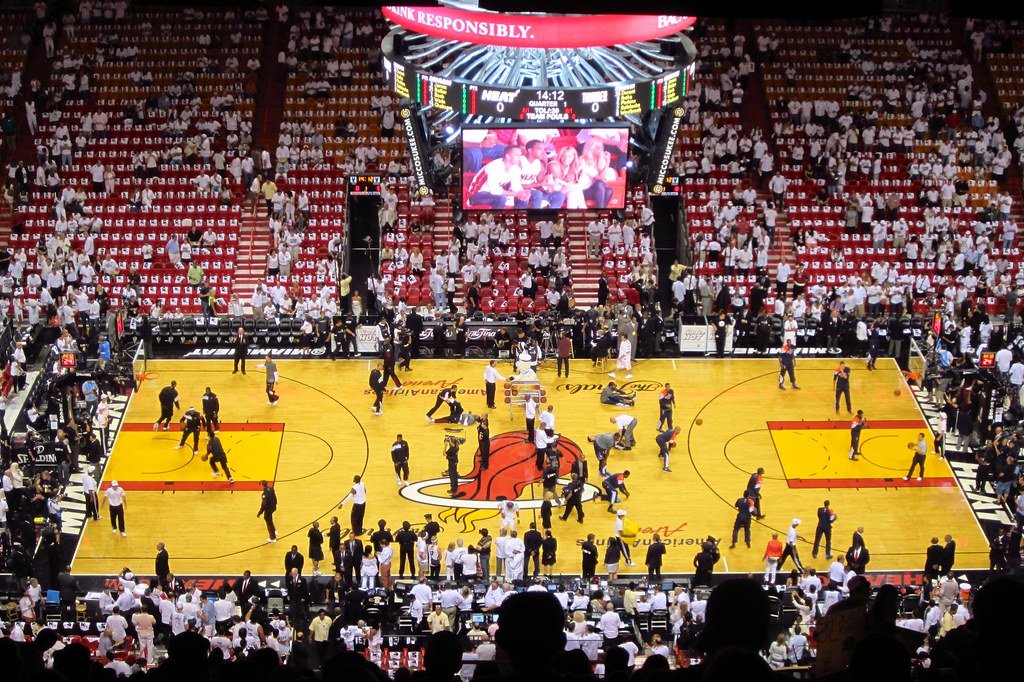
The NBA relies on three companies for its flooring needs: Robbins, Horner, and Connor Sports Flooring. All of these sports flooring companies use hard maple to build and maintain NBA courts.
Even though these businesses use maple trees to start creating NBA courts, the finished products are different. For example, Horner Flooring president Doug Hamar tells SI.com in an interview that his company uses boards that are ¾ inches thicker than the average hard maple wood. Furthermore, he said that the Horner company uses these floorboards since the late 1800s.
Robbins Flooring, on the other hand, uses different hard maple woods to create their NBA courts. It’s because Robbins takes note of the resilience of the timber and wanted to add to that trait.
Greg Piece, Robbin’s portables manager, says the following in an interview with SI.com:
“Adding the resilient package helps with shock absorption, ball bounce, and vibration control, which leads to better athletic performance,” he says. “The cushions or pads on the underside of the floor to enhance resiliency characteristics are sometimes opted for, but not all the time.”
Robbins created its trademarked cushioning system to provide comfort and support to basketball players. The company developed this technology meticulously, as too much absorption can lead to balls not returning properly during dribbling. Further, too little absorption can make the timber harder than average, promoting risks of injuries.
How Did the NBA Create its Bubble Courts?
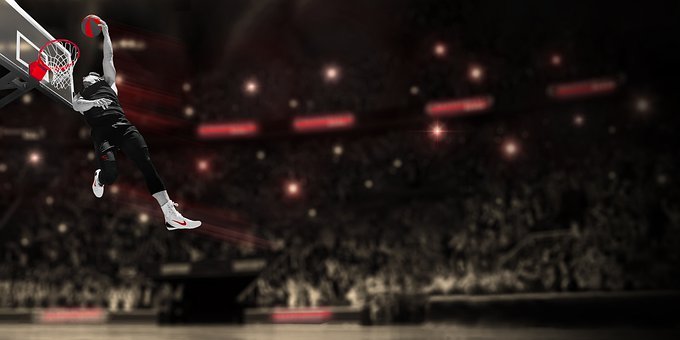
The NBA wanted to continue the spirit of professional basketball action without succumbing to the COVID-19 virus. Therefore, the league, along with Disney World officials, thought of a way to continue official basketball games with minimal risk of spreading the virus. It’s through this joint effort that the NBA bubble came to be.
Disney World ESPN World Wide Sports Complex in Orlando, Florida, is the home of the NBA bubble. Also called the Disney bubble by some folks, teams can still challenge their skills with opponents, hoping to win the coveted cup. But the main difference is that strict coronavirus tests and isolations are implemented for everyone going to the NBA bubble courts.
It began when the NBA needed a space large enough to house the new courts. The association was having trouble thinking of where to put the courts as officials weren’t able to find suitable locations even after three months since the start of the global pandemic.
It wasn’t until July 2020 when Joey Graziano, the NBA’s event management vice president, have the professional basketball teams practice inside the bubble. At this point, the arenas were still incomplete, and Graziano said that it was “one of the biggest infrastructure hurdles we had to overcome.”
Nonetheless, the creation of the bubble needed to proceed. Graziano, along with other NBA officials, decided to go with the Disney Sports complex. The location is perfect since the area can fit two half-courts beside a 50 x 94-foot court. Additionally, the NBA can also squeeze a small practice area in the Visa Athletic Center with the third NBA bubble arena.
Although the officiating teams from Disney and the NBA had numerous difficulties for the creation of the three courts, the NBA bubble is now live with the season resuming where it left off.
What are the Official NBA Court Dimensions?
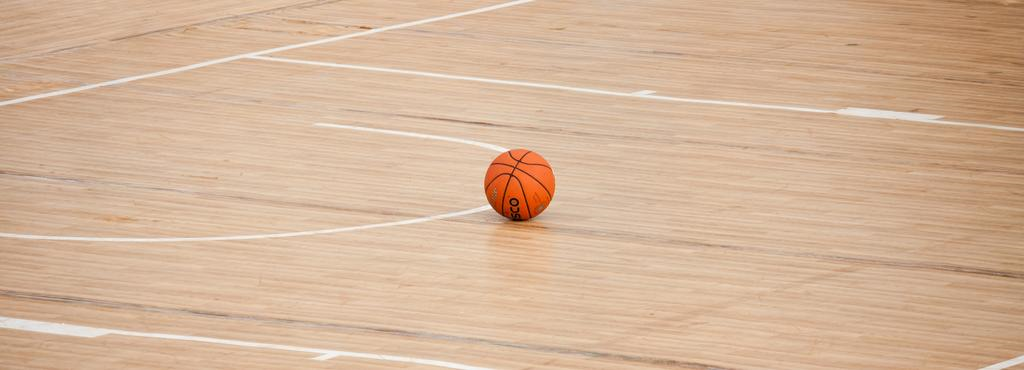
The NBA does not pick court dimensions at random. It follows the required measurements strictly as deviating from the imposed sizes can create issues for players.
The official NBA rules say the following about its court standard designs and sizes:
Section I—Court and Dimensions
a. The playing court must be measured and marked as indicated on the court (see below)
b. A free throw lane with dimensions and markings as specified on the court diagram should be designated at either end of the court. All boundary lines are part of the lane, except for lane space markers and neutral zone marks. The lane spacing markers cover an area of 2″ by 6″ inches.
c. A free throw line (2″ wide) must be drawn across each of the circles depicted on the court diagram. It must be parallel to the end line and 15′ from the plane of the backboard’s face.
d. The three-point field goal area is defined by parallel lines 3′ from the sidelines and extending from the baseline, as well as an arc 23’9″ from the basket’s center that crosses the parallel lines.
e. Four hash markings (2″ wide) should be drawn perpendicular to the sideline on each side of the court and 28′ from the baseline, extending 3′ onto the court.
f. On either side of the free-throw lane line, two hash marks (2″ wide) perpendicular to the baseline should be painted. These hash markings must be 3′ from the free throw lane line and 6″ in length.
g. There will be four hash markers painted (2 “On either side of the free-throw circle, run a line parallel to the baseline. These hash markers must be 13′ from the baseline and 3′ from the free throw lane lines, and they must be 6′ in length “in terms of length
h. The Substitution Box will be designated by two hash marks (2” wide) drawn perpendicular to the sideline, in front of the scorer’s table, and 4′ on either side of the midcourt line.
i. A Restricted Area should be indicated with a half-circle 4′ from the center of the basket ring and a firm two-inch line parallel to the lane line to the face of the backboard.
Final Words
Most NBA courts use the timber from hard maple or Acer Saccharum trees. However, the Boston Celtics home court uses red oak instead. Using these types of wood is optimal to allow players to use their optimal playing abilities on the court.


